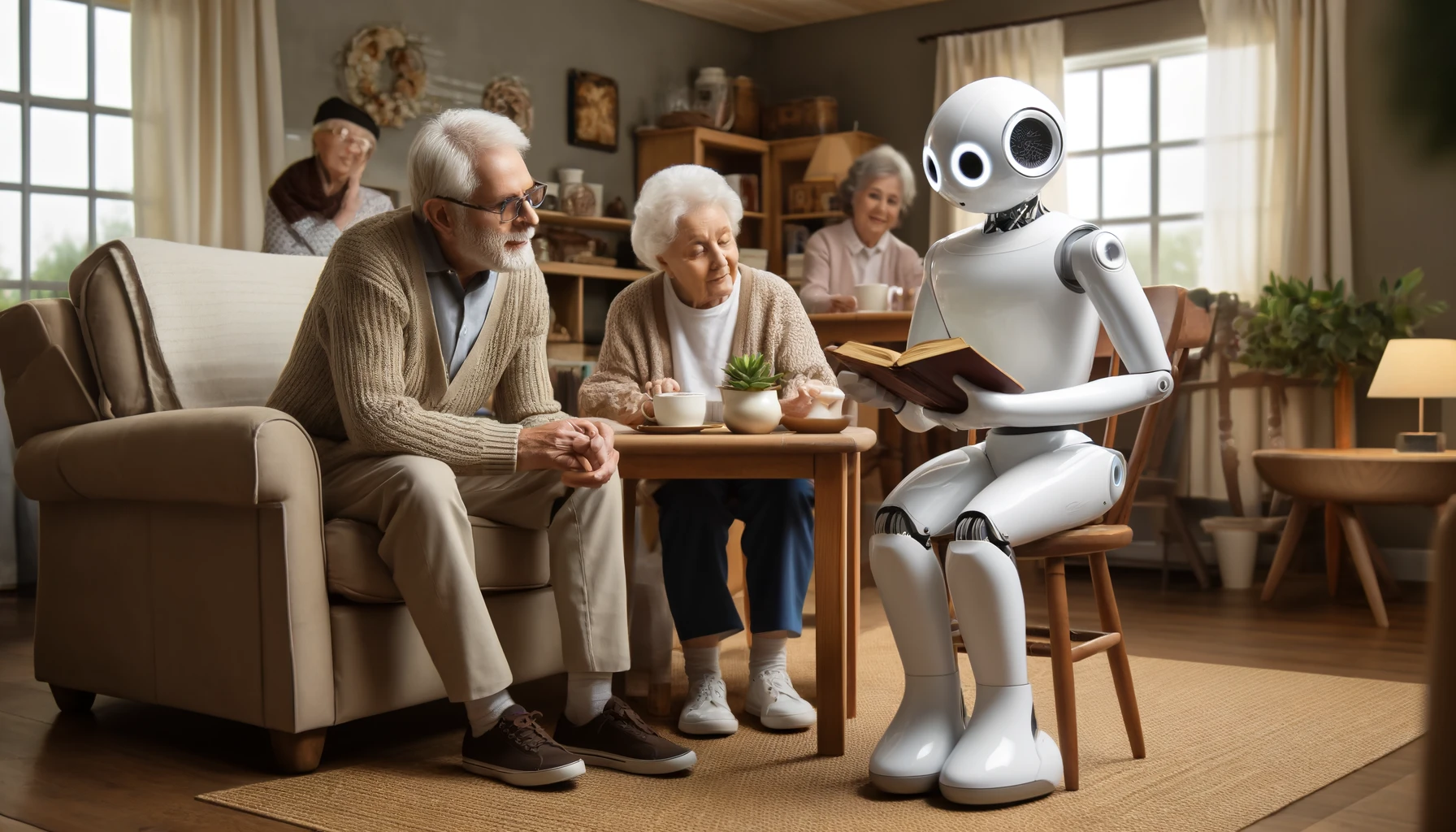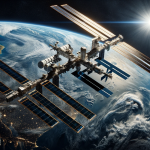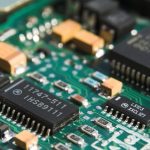In a significant development in the realm of advanced robotics, SUPCON Technology Co. has recently inaugurated the Zhejiang Humanoid Robot Innovation Center. This marks a pivotal moment as the company also introduced its first proprietary humanoid robot named Navigator α. This initiative not only underscores SUPCON’s commitment to innovation but also positions it as a formidable player in the competitive landscape of humanoid robotics.
What Makes Navigator α Stand Out?
SUPCON’s latest creation, Navigator α, is a humanoid robot designed with sophisticated features that cater to a wide range of functionalities. Standing at 1.5 meters tall and weighing 50 kilograms, Navigator α is equipped with mechanical arms that are engineered for precision and versatility. The arms include a dexterous hand with 15 finger joints, allowing for intricate manipulations. This robot is not just a marvel of engineering but also integrates advanced AI to enhance its interaction with human environments, promising to be a valuable asset in various industrial applications.
How Does the New Innovation Center Enhance SUPCON’s Capabilities?
The establishment of the Zhejiang Humanoid Robot Innovation Center is a strategic move by SUPCON to bridge the gap between theoretical research and practical industrial application. Located in Hangzhou, China, the center is set to become a nexus for collaboration between academia and the industry. Its primary focus will be on developing intelligent sensing and control technologies, which are critical for the operational efficiency of humanoid robots in real-world settings.
What Future Developments Can We Expect in Humanoid Robotics?
Looking ahead, the trajectory of humanoid robotics is expected to be shaped by their adaptability to specialized tasks across diverse industries. SUPCON’s forward-looking approach includes continuous investment in research and development to further refine the capabilities of robots like Navigator α. The company anticipates that these advancements will foster new standards in how humanoid robots are integrated into daily operations and complex industrial processes.
Exploring the broader context, similar initiatives have been noted globally. For instance, according to an article titled “Rise of Humanoid Robots in Manufacturing” published in Industry Today, companies worldwide are focusing on enhancing the dexterity and decision-making capabilities of humanoid robots to suit manufacturing needs. Another article, “Humanoids in Healthcare: A New Frontier” from Robotics Tomorrow, discusses the evolving role of humanoid robots in healthcare, highlighting their potential to perform repetitive tasks, thereby allowing human staff to focus on more critical responsibilities.
In a related scientific study published in the Journal of Robotics & Automation, the paper “Advancements in Humanoid Robotic Technologies” provides an in-depth analysis of the technological enhancements that are crucial for the next generation of humanoid robots. The study specifically emphasizes the importance of artificial intelligence integration and sensory feedback systems, which aligns with SUPCON’s recent developments.
User-Usable Insights
- Navigator α introduces advanced AI for industrial use.
- Humanoids could revolutionize manufacturing and healthcare sectors.
- Continuous R&D is crucial for future humanoid robot enhancements.
In conclusion, SUPCON’s launch of the Navigator α and the new innovation center represents a significant milestone in the field of humanoid robotics. This development not only highlights the advancements in robotic capabilities but also sets the stage for future innovations that could redefine industry standards across various sectors. As these technologies continue to evolve, the potential applications of humanoid robots are bound to expand, potentially transforming the operational dynamics of industries worldwide.
- SUPCON launched Navigator α and innovation center.
- Navigator α features advanced AI and dexterous hands.
- Center focuses on tech research and industry collaboration.










